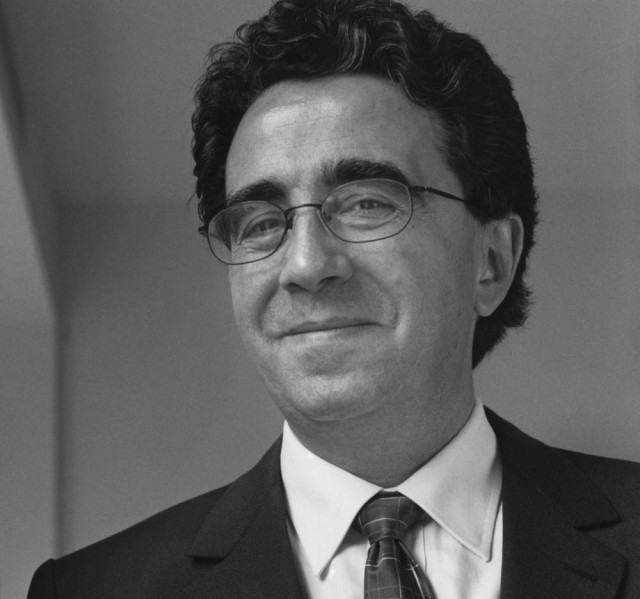Barcelona
(autotranslated) Architects and urban planners iron out the last few years in Barcelona down like flies in syrup. The developments and achievements of the last 10 years are therefore of a scale and a quality without equal in Europe. Since the restoration of democracy in 1979, the city quickly becoming littered with so-called “projectes urbanes” pursuing an improvement of public space and the first step was for the city building. Meanwhile, more than 100 new or updated streets, squares and parks realized. Because of this policy is also private estates investors again became interested in the city. Is invested both in existing neighborhoods as in the “arées nova centralitat” the new urban spaces which the city wants to target further expansion to increase. The 1992 Olympic Games in Barcelona, the generator of a series of huge investments in Barcelona: the Olympic Stadium, the Olympic Village, the relocation of railway lines, a series of new ring roads, a telekommunikatietoren … These interventions are situated all in the existing urban structure. The urban plan with it underlies is pushing the nineteenth century Cerda grid to convert as much as possible and also to restore the link between the city and the sea by kreëren a “city front.”

The projects of squares, parks, buildings are close together and thus each district will be walked. (These ranges do by bus, is the Barcelona traffic not to do (parking problems) and also not sensible because it the city undergoes less that way).
Travel guide: Karel Debaere. Karel terms Barcelona Travel is no longer fulfilling his specimen. Tour by Nathalie Vervenne and also an explanation of the history and evolution in Barcelona by architect Fabrando of the urban development department.
Programme
D1
Aeropuerto T2 – Ricardo Bofill, 1991
Moll de la Fusta – Manuel de Solà-Morales, 1982
Plaça de la Merce – R.M. Clotet
Parc de la Ciutadella, 1888
Santa Maria del Mar, 1329-83
Plaçes de sant Pedre i sant Agusti Vell
Carrer Barres de sant Pedre – R. Caceres
Casa Calvet – Antoni Gaudí
Passeig de Gracia, placa de Catalunya, Ramblas
D2
Toelichting stedelijke diensten – R. Caceres
Park Güell – Antoni Gaudí, 1914
Bari Gracia (wijk)
Plaça Trilla – J. Bach, G. Mora
Plaça de la Vineina – J. Bach, G. Mora
Plaça del Sol – J. Bach, G. Mora, 1985
Escuela Fujol – J. Bach, G. Mora
Passeig de Gracia
Casa Milà (La Pedrera) – Antoni Gaudí, 1910
Casa Batlló – Antoni Gaudí, 1906
D3
Piscina y Centro Deportivo – J.L. Mateo
Olympic village
Instituto de BUP – J. Martorell, O. Bohigas, D. Mackay
Remodelacion de la fabrica La Llauna &
Instituto de BUP – E. Miralles, C. Pinos
Walden 7 – Ricardo Bofill, 1970-73
Taller de Arquitectura – Ricardo Bofill
Fossar de la pedrera – B. Gali
Palais de la musica Catalana – Oscar Tusquets, G. Diaz
D4
Barcelona Pavilion – Ludwig Mies van der Rohe, 1929
Institut Nacional de l’Education – Ricardo Bofill
Olympic stadium – V. Gregotti, F. Conea
Palau San Jordi – Arato Isosaki, 1990
Fondation Miro – Josep Lluís Sert, 1975
Plaça dels Països Catalans – Helio Piñón & Albert Viaplana, 1983
Parc de l’Espanya industrial – Luis Peña Ganchegui, 1985
Parc de Joan Miró
Biblioteca Joan Miro – Màrius Quintana & Beth Galí
Fundació Antoni Tàpies – Roser Amadó & Lluís Domènech, 1990
Museo Picasso
Sagrada Familia – Antoni Gaudi, 1883-..
D5
Plaça de Soller – A. Arriola
Parc del Clot – Dani Freixes & Vincente Miranda, 1986
Ponte Bac de Roda – Santiago Calatrava, 1987
Via Julia – B. De Soler, J.M. Julia

